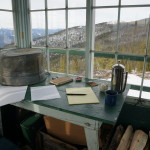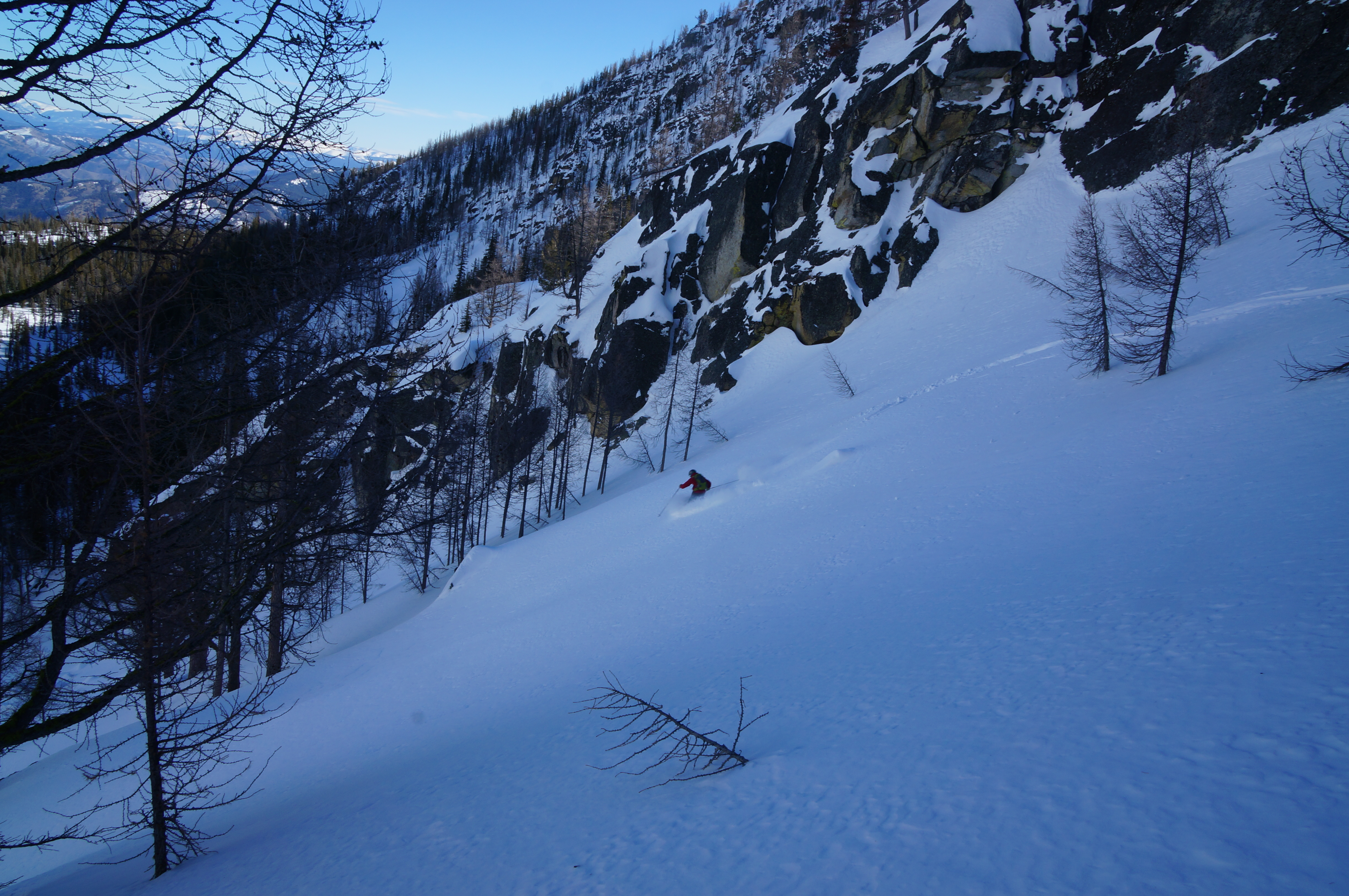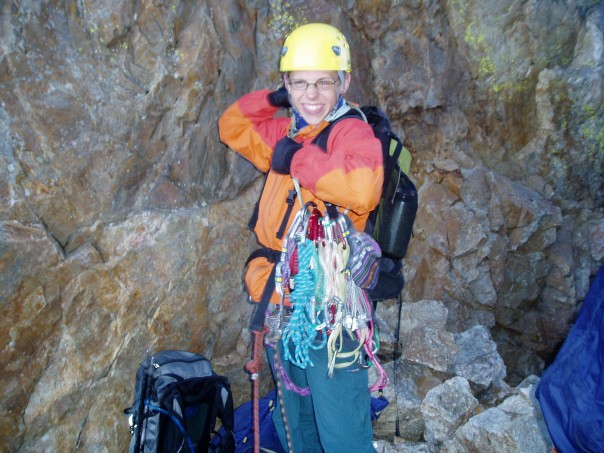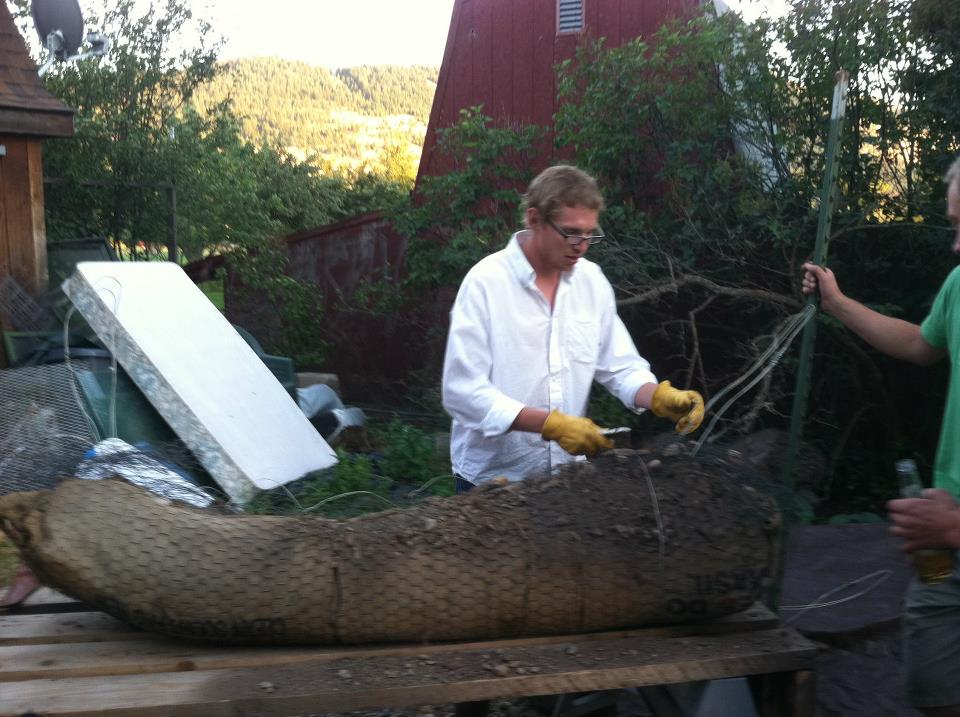
OK so Edgar Allen Poe, Taylor Swift, and a bunch of Occupy Wall Street protesters walk into a bar. They don’t have much to talk about, right? I mean, what could a macabre poet, America’s sweetheart, and a handful of disgruntled neo-libs really have in common?
Well, kind of a lot, really, but it takes backing up for a minute to think about in detail.
So go back a ways to your high school lit classes, or wherever it was that you first really started to think about literature and artistic movement. For me, that was not literature class. Most of what I remember from English Lit was Mr. Demos reiterating that “all love is tragic (but lust is fun!),” something about a loss of innocence, and that if you leave your wife for a younger blonde girl your jilted ex will definitely chop up your children with an ax.
While that’s all helpful advice, most of my more rigorous thought on literature has come much later in life. In fact there’s probably something to the idea that we aren’t even really meant to get anything out of our high school lit classes beyond the lesson that there are some really great books out there that aren’t about vampires. At 17 I don’t think I finished The Great Gatsby. At 27 it made me want to be a writer.
Most of my literary education has taken place since high school. Even since college, really, and it’s been after dark, with booze, and usually with a lot of yelling. A few years ago I was in a bar in Guatemala, arguing with a Scottish guy about who Shakespeare really was and the finer points of Jack London’s demons, and at some point in the rum-addled conversation he claimed that the whole Romantic movement was really just a bunch of whiny rich kids who hated their parents.
Now, I don’t think we got to the bottom of the Shakespeare issue, and I maintain that Martin Eden is London’s most underrated work, but that last part is really what stuck with me.
“A bunch of rich kids who hate their parents?” I thought. “You mean like the Millennials?*”
And so think about it. Dig way back into those little crevices of your memory where you store things like the Quadratic Formula and what the hell a covalent bond is, and think about the characteristics of the Romantic literary movement.
It flourished on the heels of the Industrial Revolution, as a rejection of the environmental decay and inflicted order of industrialized Enlightenment thinking. Romantic thought is characterized by an embrace of the natural world as well as the macabre, by a cultural celebration of the medieval over the industrial, and by the pursuit of an aesthetic sublime over brute force rationality. By self-reliance, independence, and a rejection of religiously based moral convention.
Sound familiar?
The burgeoning economic growth fueled by the proliferation of the internet has been widely hailed as a second industrial revolution. And if you overheard me mention a person who “considered folk art and ancient custom to be noble statuses, but also valued spontaneity, as in the musical impromptu” would you picture Ralph Waldo Emerson? Or a waxed mustache and a mandolin?
How is the Best Made Company anything but an aesthetic celebration of the medieval?
Is an effort “to escape population growth, urban sprawl, and industrialism” what’s driving the minimalist movement and all those 180 square fot mini-houses in Portland? Or is that why Thoreau moved to Walden Pond? Poe’s writing brought to life horrifying stories of strange death and torture in the 19th century, but that would never be popular now, right? That must be why True Blood, The Walking Dead, and Dexter all flopped.
The first Romantics came of age during the French Revolution, in a time when Europe’s cultural center was embroiled in tumult and popular thought began to strike back against plutocratic traditions. Does this remind anyone else of growing up during the longest lasting U.S. military conflict in history, or of staging sit-in protests during the financial crisis? Sure, we didn’t cut off the Lehman Brothers’ heads, but I bet a few of you wanted to.
Millennials buy homes, marry, and start families later than any generation in history. This may be a manifestation of an uncertain economic outlook, but is certainly a shift in thinking from our parents’ generation on how best to use the resources we have. And who better to challenge the moral order of our parents than the mouthpiece of a generation: Taylor Swift?
Tay Tay’s newest album is a wholesale rejection of the swooning young girl, waiting for prince charming, that won her fame and acceptance by a nascent generation. Instead 1989 assiduously celebrates the individuality and confidence that formed the foundation of the Romantic movement. In her song, New Romantics (really), she extols the virtues of allowing haters to hate while evoking Hester Prynne, the Romantic era protagonist. If you can’t take it from me, surely you can take it from Taylor?
It’s easy to dismiss the Millennial generation and our infuriating hipster movement as the most entitled generation, or as a bunch of cry babies. Maybe it’s even accurate. But what we’re seeing is a shift in creative era that rekindles the tenets of Romantic thought. The conditions that gave birth to the Romantic artistic movement are as present today as they were 200 years ago, and the people that we so easily disregard as stupid hipsters and lazy teenagers are not simply a generational phenomenon, but rather the standard bearers of a 21st century Romantic renaissance.
And so when Poe, Swift, and those people off the street finally agree on a place to get a drink, my guess is that their bartender will prefer the term mixologist.
Bonus Quiz
To further solidify the point, I’d like to add a quick “Who Said It?” quiz. So who said it? Taylor Swift? or Ralph Waldo Emerson?
1) Always do what you are afraid to do.
2) Dare to live the life you have dreamed for yourself.
3) I’m intimidated by the fear of being average.
4) Whatever you do, you need courage.
5) “Fearless” is not the absence of fear. It is not being completely unafraid.
6) No matter what happens in life, be good to people.
7) When it’s dark enough, you can see the stars.
*It’s probably important here to clarify that I love my parents, and that you likely do too. By this I don’t mean actually hating your mother and father, but resisting the trends and values cherished by the previous generation.
Like









